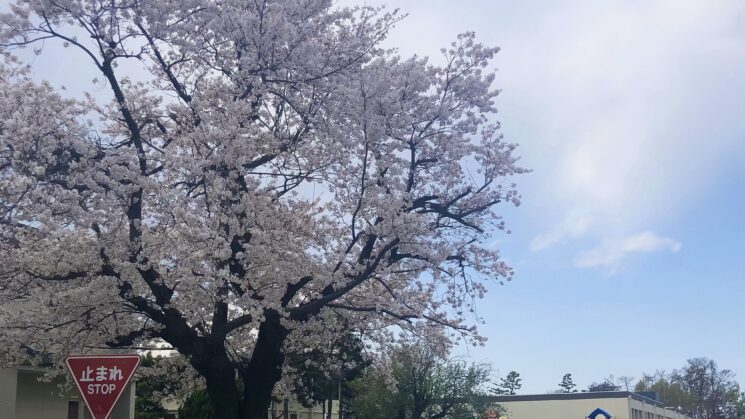
By Liah Mckee
Have you ever wondered how the school life that you’re accustomed to in the U.S. could be different compared to other parts of the world? My name is Liah Mckee, and I moved to Fountain Valley High School (FVHS) this summer after living in Japan for six years. After experiencing the last couple of weeks at FVHS, there were a number of interesting differences I’ve found between the two countries’ school lifestyle.
Lunch
In general, Japanese high school students are granted far less freedom than American high school students. Lunchtime is a perfect example. In the U.S., students are permitted to go off-campus for lunch. As much as Japanese students would love to be able to freely go out during lunch, it is one of the most strictly prohibited things to do.
Another thing about lunches—Japanese school lunches are considered to be one of the healthiest in the world. They are known to be packed with nutrition and the freshest ingredients, handmade every morning. School nutritionists spend months planning lunch menus to create these meals for the children.
In Japan, the students on lunch duty bring the meals from the lunch room to the classroom. Once the lunch is brought to the classroom the same students start serving classmates one by one. The whole process itself takes about 30 minutes. So as the school meals in Japan may be more balanced, the lunch system here is much more efficient and quick.
Dress code/rules relating to appearance
Those who are more familiar with Japanese culture may already be aware of this, but most schools in Japan have a uniform. Your skirt can’t be too short, your tie must be tied a certain way, every button must be closed and there are almost no opportunities to wear your own clothing to school. However, uniform guidelines are far from being the only rule regarding the appropriate way to look when showing up to school.
Makeup, piercings and hair dye. High school is when teenagers really begin to hold an interest for these things. Unfortunately in most Japanese schools, all three of these luxuries are against the school policies. Unnatural makeup will be wiped off, students will cover their piercing holes with band-aids disguising them as injuries and black hair dye spray will be sprayed onto the students hair every day until it is dyed back to their natural hair color. Students never really get to showcase any of their personalities or preferences through their appearances.
I really enjoy and love the freedom I have in the U.S. when getting ready for school. Getting to incorporate my personality into my appearance definitely boosts my confidence and I feel much more comfortable.
Cleaning
The biggest difference that I have noticed while comparing the school lives of the different countries is definitely the cleaning process of the campus. In Japanese schools, you wouldn’t be able to find a janitor anywhere, while in the US, having janitors keeping charge of the cleanliness of the school grounds is the norm.
Starting from as young as kindergarten, children in Japan are taught the importance of cleaning up after themselves and appreciating their learning spaces. It is a very important part of the culture. They have a designated period of time every day after lunch to clean everything from the bathrooms to the stairs. In order to keep the school building sanitary and in the best state, students and teachers also change into indoor shoes upon entering.
There are pros and cons when comparing these different school systems, and I think that they could both learn a few things from each other. In my opinion, schools in the U.S. really focus on developing the personality and valuing the individuality of each child. Whereas on the other hand, Japan focuses on teaching mannerisms and morals. Both offer a completely different and unique experience from each other.





